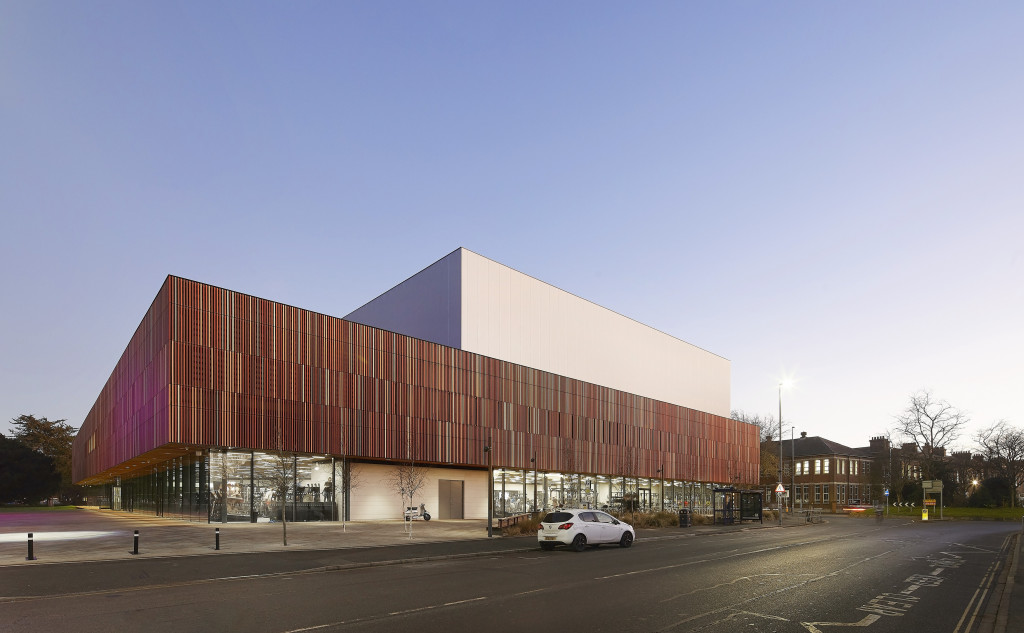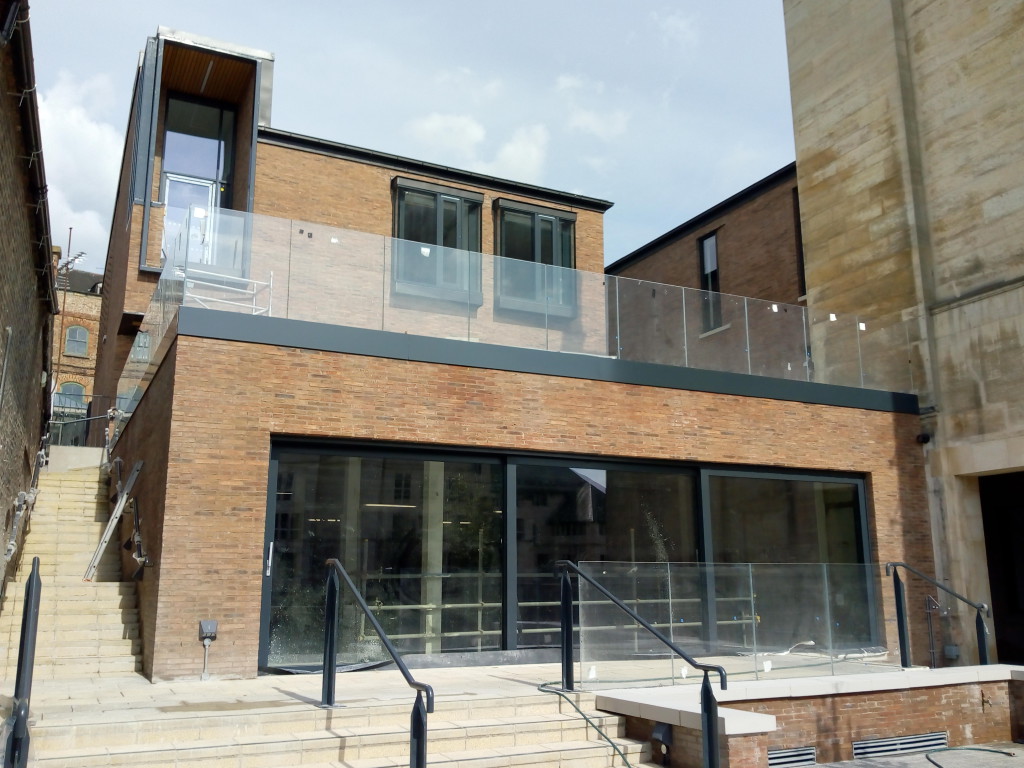Performance appraisal

The CIBSE Building Performance Awards continue to grow from strength-to-strength. Anastasia Mylona, Technical Director at CIBSE, explains what makes these awards so unique to the sector.
The CIBSE Building Performance Awards (BPAs) have been in existence for almost as long as Modern Building Services has been published. Now in their 18th year, The BPAs focus on buildings’ actual, measured performance outcomes and not design intent or performance specifications.
Like MBS, the awards have evolved over the years to ensure they continue to reflect the dynamic and evolving building services sector while recognising outstanding engineering accomplishments. In addition to projects, the BPAs also celebrate individuals who have made a significant contribution to advancing the building services industry and who continue to push the boundaries of what is possible while setting new standards for excellence in performance and sustainability. In 2018, for example, CIBSE introduced a new Learning and Development award to reflect the thirst for learning in the sector.
In 2022, CIBSE introduced the Embodied Carbon category to acknowledge that embodied carbon is a major contributor to carbon emissions and must be addressed alongside operational carbon.
CIBSE has been pioneering the assessment of embodied carbon of MEP equipment through its TM65 calculation methodology, which is fast becoming the global method for these assessments. The Embodied Carbon award recognises those people and organisations that have made an exceptional contribution to understanding
and reducing embodied carbon in building services.
Going digital
A more recent addition to the awards categories is Best Digital Innovation. This category was instigated in 2023 to reflect the growth of digitalisation in the drive towards a safer, healthier, and more sustainable built environment, whether through streamlined design processes, smarter construction methods or the automated operation of a building. The award shines a light on those innovations that have been successfully adopted, with demonstrable and continued impact on design and construction workflows.
CIBSE’s Building Performance Awards continue to grow and evolve to meet the needs of a changing landscape. This year’s 18th awards were, perhaps, the most successful yet as a showcase for a diverse range of initiatives to create a sustainable, efficient and innovative built environment. 2024 categories saluted the best consultancies, whatever their size; recognised innovation by product manufacturers for both wellbeing and thermal comfort; saluted outstanding achievements in facilities management, and collaboration within teams. And, of course, they celebrate outstanding completed projects based on their actual, measured energy data.
SGA Consulting’s York Guildhall project was the most successful scheme, winning both the Project of the Year – Retrofit and Project of the Year – Commercial and Offices categories (all project categories being sponsored by Crane Fluid Systems) along with the prestigious Building Performance Champion award.
Making the Grade

York Guildhall is part of a historic complex of Grade I, II and II* listed buildings in the centre of the city; its frontage on the banks of the River Ouse is one of the iconic views of historic York. Its prominent location resulted in severe limitations being placed by the planners on what modifications were possible in the refurbishment.
The innovative building services scheme for the complex’s refurbishment and extension uses a heat pump to harness heat and coolth from the river to provide the buildings with 110kW of low carbon heating and cooling. Using a heat pump removed the need to house conventional chillers, with the associated noise and concealment challenges in this historic part of York.
The heat pump is supplemented by conventional heating. This is because heat losses in the 15th century Guildhall were particularly high and the building’s Grade I listing meant that it was impossible to enhance the thermal performance of the walls and windows. SGA’s hybrid solution shows how heat pumps can be used to provide heating to old buildings where the rate of heat loss would be too high otherwise. The awards judges said of the scheme: “With the challenges we face in renovating millions of existing buildings, the York Guildhall project shows what can be achieved to deliver sustainable building refurbishment.”
Good sports
Ravelin Sports Centre was another of this year’s pioneering winners. It won Project of the Year – Leisure for its all-electric design by engineer Max Fordham. The scheme sets a new low energy benchmark for sports centres using just one 10th of the energy of a typical leisure centre. The design will save the university an estimated £800,000 a year on its energy bill. This scheme uses air source heat pumps to provide both space and pool water heating along with heat pump chillers to supply the cooling.
The most radical aspect of the scheme’s design, however, is the building services for the fitness suite. Here, instead of simply lowering the air temperature in the space, Max Fordham’s scheme uses large, low speed punkah-like fans to generate air movement to help evaporate users’ sweat. When combined with humidity control, the giant fans are able to achieve better levels of comfort without the need to lower the air temperature to conventional levels and so use less cooling energy than a conventional solution.
Philip Draper, Managing Director at Twenty One Engineering, was honoured with the prestigious title of Engineer of the Year (the category was sponsored by Heating Commercial). Described by the awards’ judges as “A true leader by example and a genuine practitioner of engineering leadership.”
Philip is an early adopter of heat pumps and an advocate for apprenticeships. He gives his time to speak to prospective students and their parents about careers in engineering. A worthy winner.
The 2025 Building Performance Awards are set to be an even more prestigious event.







